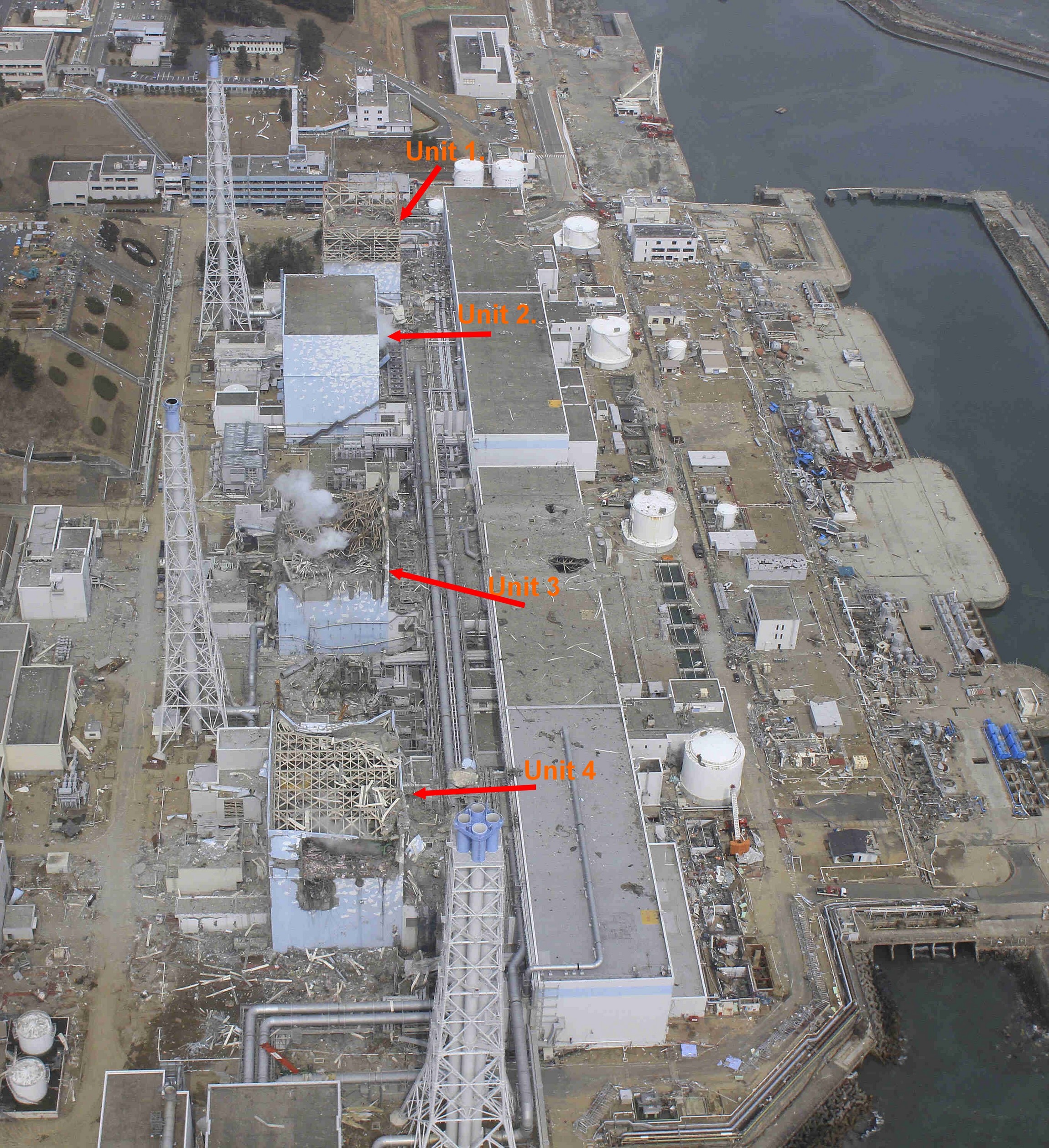


: 106 Criticisms have been made about the public perception of radiological hazards resulting from accidents and the implementation of evacuations (similar to the Chernobyl nuclear accident), as they cause much more harm than they prevent. No adverse health effects among Fukushima residents or power station workers have been documented that are directly attributable to radiation exposure from the accident. Excess steam from the drywell enters the wetwell water pool via downcomer pipes. WW: wetwell – torus-shaped all around the base enclosing steam suppression pool. Cross-section of a typical BWR Mark I containment as used in units 1 to 5.ĭW: drywell enclosing reactor pressure vessel The accident was rated seven (the maximum severity) on the INES by NISA, following a report by JNSC. Notably, subsequent inability to sufficiently cool reactors after shutdown compromised containment and resulted in the release of radioactive contaminants into the surrounding environment. The proximate cause of the accident was the 2011 Tōhoku earthquake and tsunami, which resulted in grid failure and damaged nearly all of the power plant's backup energy sources. The Fukushima nuclear accident was a major nuclear accident at the Fukushima Daiichi nuclear power plant in Ōkuma, Fukushima, Japan which began on March 11, 2011. Ģ workers taken to hospital with possible radiation burns. ~2,000 killed by evacuation and associated stress/fear.ġ6 with physical injuries due to hydrogen explosions. No fatalities attributed to radiological hazard. Hydrogen-air explosions in Units 1, 3, and 4 caused structural damage. The four damaged reactor buildings (from left: Units 4, 3, 2, and 1) on 16 March 2011.


 0 kommentar(er)
0 kommentar(er)
